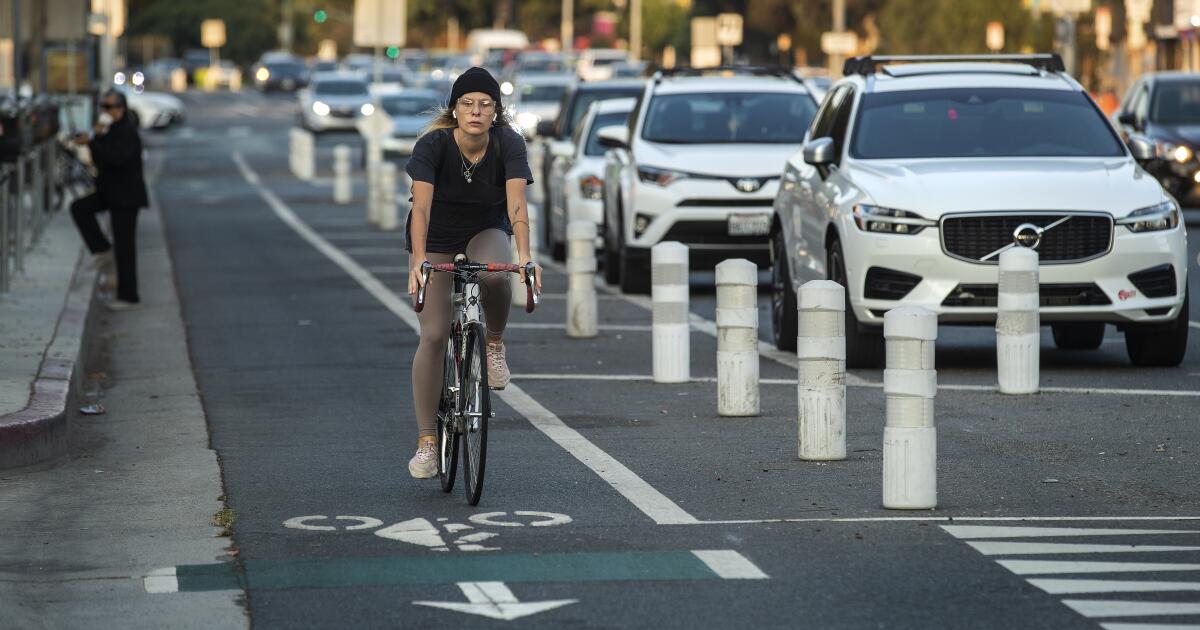Trump’s tariffs make Fed’s interest rate decisions stricter

Until a few months ago, the Fed seemed to have accomplished what many people doubted. The economy is watching the cusp of a “soft landing” that brings inflation back to the central bank’s 2% target without a recession. This allows central banks to steadily lower interest rates until borrowing costs reach levels that neither improve growth nor slow down.
President Trump’s global trade war brings a wrench to these plans. Faced with extreme uncertainty in the economic outlook, central banks have put further interest rate cuts on hold until they have a better understanding of how tariffs affect the economy.
What policymakers are trying to address is whether they should be more concerned about the expected increase in these taxes or the blow that could raise consumer prices. Former Fed vice chairman Donald Kohn said the “nightmare scenario” is the rise of inflation as the economy falters, and the combination brings stench.
Performing an assessment is by no means a direct exercise. Much depends on the timing of the tariffs, how other countries retaliate and how consumers and businesses adapt. Officials are also closely watching other aspects of the Trump administration’s economic agenda, including sharp government spending, immigration restrictions and deregulation. Tax cuts are also on the file, but their time and scope are unclear as they require Congressional approval.
At this stage, economic data showed a mixed situation. Growth in the last quarter of last year was solid and the labor market has not shown real signs of weakness. The unemployment rate is 4.1%, which has remained low historically, and layoffs have not yet risen in material terms.
Most Americans wouldn’t expect this to last. According to a recent sentiment survey, this sentiment has significantly worsened in the outlook due to Mr. Trump’s policies. Consumers are now expected to grow slowly, with higher unemployment and revival inflation.
The biggest question for decision makers is whether this will actually be achieved. Sentimental surveys are often an unreliable indicator of future economic activity and there is reason to retain recent readings of inflation expectations.
By far, the spike is the most directly captured in a measure published by the University of Michigan, but its specifications are often distorted by partisan bias. Fed Chairman Jerome H. Powell recently called it “outliers” because, for example, other measures based on the government bond market have not changed significantly.
Still, Fed officials hesitate to ignore these signals, especially because of anxiety disorders that they hear a lot when talking to businesses across the country. This local outreach is becoming increasingly important for the Fed as it seeks to better address the economic development in times of intense uneasiness.
From Lake Detroit, Minnesota to Manchester, New Hampshire, business leaders warn that they have no choice but to raise their customers’ prices due to tariffs. They fear that doing so will mean less demand overall, which will make the profit trade-off. Many people delayed their planned investments and temporarily retreated.
Thomas Barkin, president of the Richmond Fed, recently compared the situation to “‘zero visibility, lifting and opening up dangerous fog types”.
Businesses “have not retreated, but they have not pushed forward either. They’re ‘stop,’’, ‘freezing’ or ‘paralyzing’ until the fog rises. It’s their words,” he said in his speech last week.
If the economy does start to break down, the Fed’s policy decision will become more difficult. Progress in taming inflation had stalled before Mr. Trump returned to the White House, causing officials to lower interest rates as much as December.
The prospect of tariffs causing additional price pressures may tangle them further, which may introduce the timing of when interest rates will be lowered again. This may also mean that the cut bar has moved higher. This means that it will experience a significant deterioration in the labor market before it takes action.
Economists across Wall Street have put forward a forecast for the recession, partly because the Fed will soon be caused by Mr. Trump’s tariffs. Goldman Sachs now sees a 35% chance of a recession in the next 12 months, up from 20% before. They expect central banks to triple this year starting in July.


